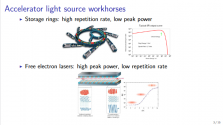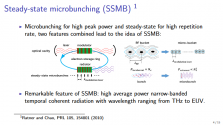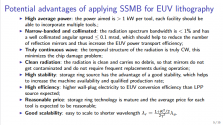The anamorphic mirror cut the incident angle from 18 to 9deg. Then ASML appeared to have up the LPP power to 420 to 45W while also improving the light collector efficiency that you touched on. These are the major changes they shared publicly most recently at SEMICON.You might be able to get away without needing that much increase in your light source power if your light loss along the optical path or at the point of generation is also much less. One of the headaches with LPP is that you get a lot of light loss even at point of generation just because of factors like errant scatter from metal vapor in the vacuum chamber, loss of reflectivity in the light accumulator due to metal deposition build up, and a less coherent beam profile from the emission source. Arguably without those issues your LPP light sources wouldn’t need to be nearly as powerful as they are.
But it’s really hard to know for sure without knowing what specs for delivered quantity of light is. All we have are the specs for the quantity at point of generation. That said, it’s worth keeping in mind that that 10x light loss is not just going to impact an SSMB light source but an LPP one too, so presumably ASML must’ve figured out something out to get around needing a 10x increase in light source power, and I highly doubt the anamorphic projection is going to be responsible for the vast majority of any 10x difference in illumination. My best guess is that they’ve both improved the power of their LPP light source while making significant improvements to the coherence of the beam profile and light loss in the light accumulator. These complications with plasma produced sources is probably one of those other engineering parameters where SSMB may offer a notable advantage.
There maybe more improvements to the mirrors or light coherence that you mentioned, too. But they didn’t share all the details.
So, any idea about SSMB or any syncrhotron's reliability?



